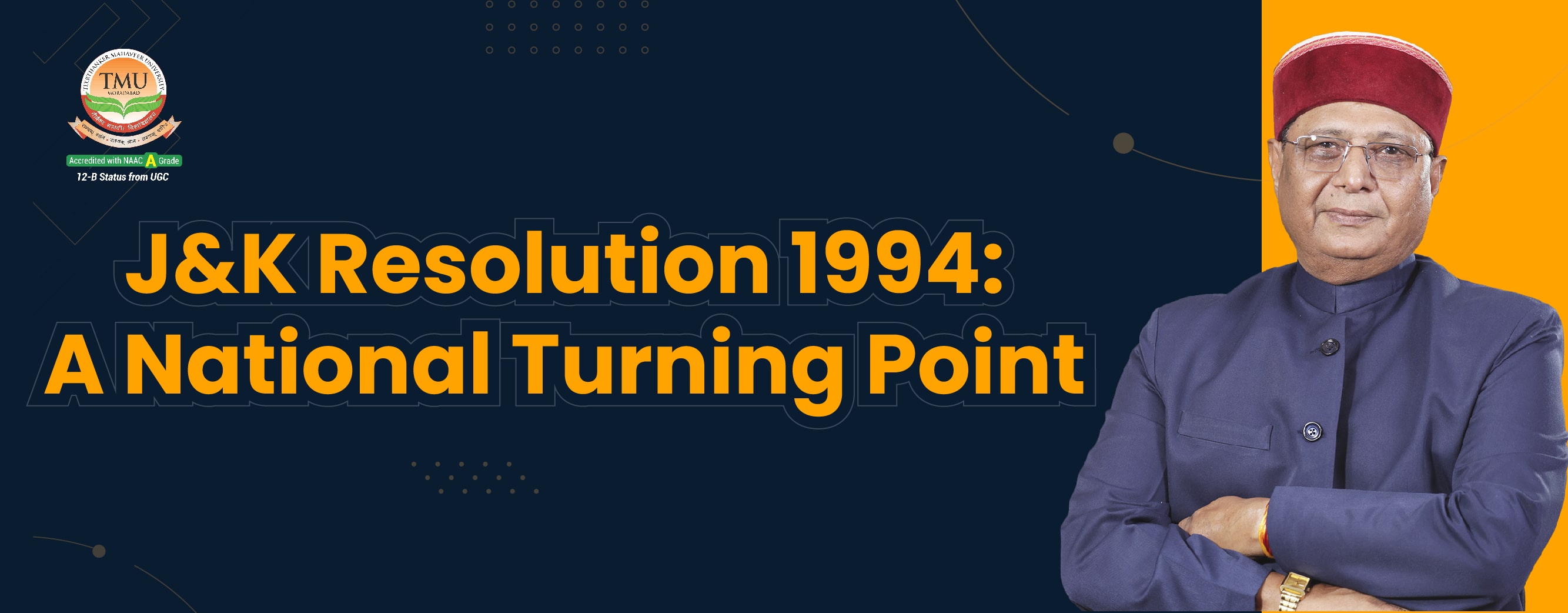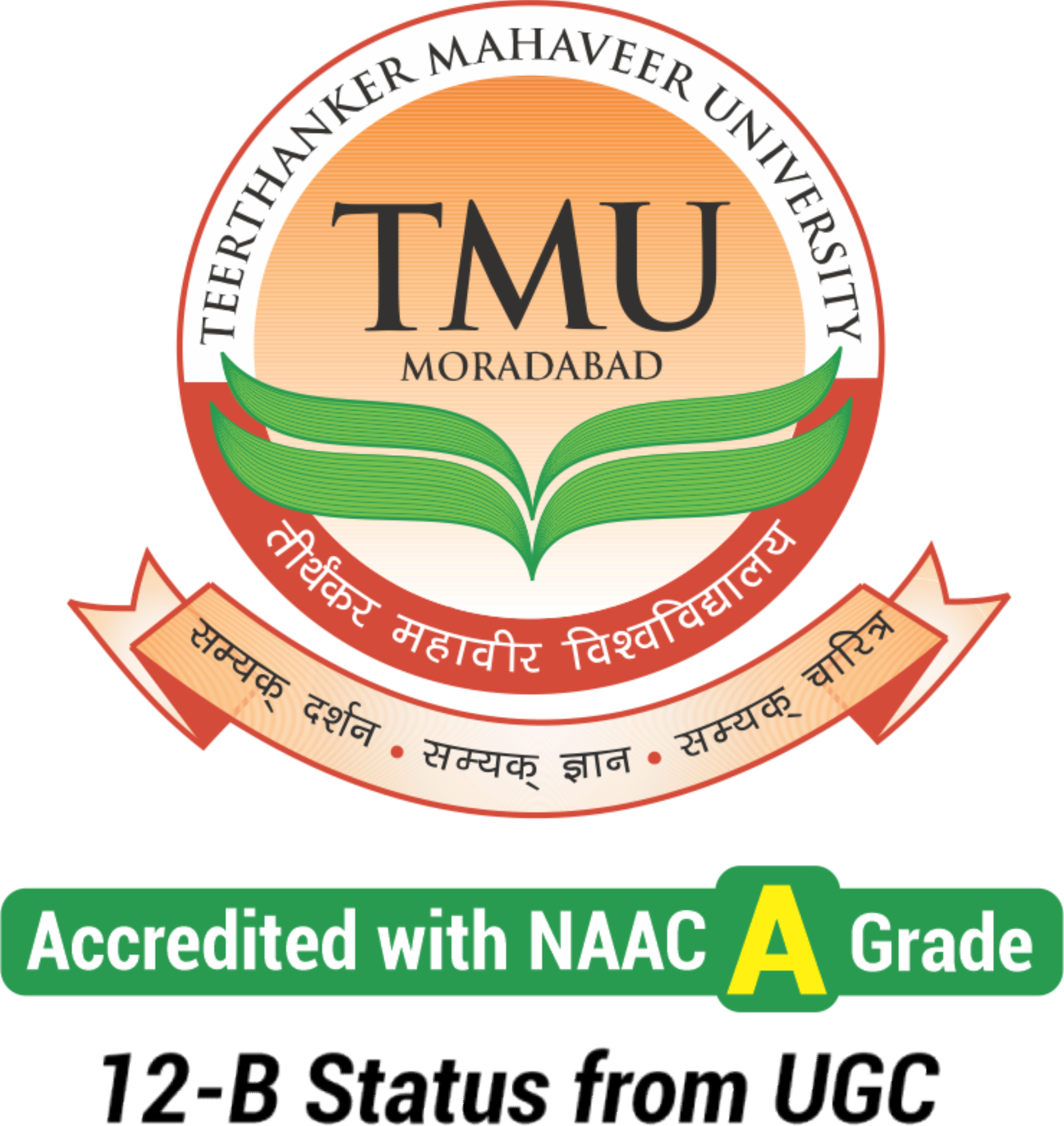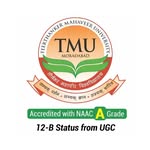Revival Through Resolution: The Parliamentary Stand on Jammu & Kashmir
Table of Contents
By Prof. (Dr.) Harbansh Dixit, Dean
The life of a nation, much like that of an individual, is shaped by defining moments. One such transformative moment for India occurred 27 years ago—a pivotal juncture in the history of Jammu and Kashmir that rejuvenated the nation’s self-confidence. On 22 February 1994, both Houses of the Indian Parliament passed a unanimous resolution, reaffirming Jammu & Kashmir as an integral and inseparable part of India, while demanding that Pakistan vacate the illegally occupied areas.
Constitutional and Symbolic Importance
At first glance, the resolution might seem like a reiteration of existing constitutional provisions. Indeed, India’s Constitution already recognised Jammu and Kashmir as a part of the Union. Even the state's own Constitution, particularly its Preamble and Article 3, aligned with this status. However, the resolution’s timing and the sentiment behind it carried profound national significance.
Back then, the Kashmir Valley was under the grip of terrorism, with pro-Pakistan militants establishing dominance. Publicly displaying the national flag required security protection. Pakistan-backed extremists controlled administrative functions, and there was a near-absence of nationalistic expression. The Parliament’s resolution became a unified voice of the nation, sending a clear message of solidarity and intent.
Teerthanker Mahaveer University
Apply for Admission
Click Here To Apply for Admission
Geopolitical Context and Pakistan’s Subversion
During this period, Pakistan was actively manipulating international platforms to challenge India’s sovereignty over Jammu & Kashmir. Then Prime Minister Benazir Bhutto of Pakistan openly supported Kashmiri terrorists, labelling them as freedom fighters. On 9 January 1990, the Pakistani National Assembly declared the Indian presence in Jammu & Kashmir illegal.
Pakistan aimed to bring the issue before the United Nations Human Rights Council, leveraging support from the Organisation of Islamic Cooperation (OIC) and other allies. By February 1994, Pakistan was rallying votes for a resolution condemning India for alleged human rights violations. This could have led to sanctions or diplomatic embarrassment on an international scale.
India’s Parliamentary Response: A National Reawakening
India realised the gravity of the situation in 1993, when U.S. officials like John Malott and Robin Raphel echoed Pakistani narratives. A shift was required—and it came in the form of a resolute, united stand by the Indian Parliament. The resolution declared:
- Jammu & Kashmir is an integral part of India and will always remain so.
- India would take back territories under illegal occupation by Pakistan.
- Any external interference in India’s internal matters would be strongly opposed.
This move became a life-giving moment (Sanjeevani) for India’s stand on Kashmir, countering Pakistan's global narrative and solidifying domestic unity.
Global Impact and Diplomatic Success
India’s proactive diplomacy bore fruit. A delegation led by Atal Bihari Vajpayee, comprising experienced Parliamentarians, was sent to counter the Pakistani campaign. The outcome was significantly positive:
- Countries like Indonesia and Libya distanced themselves from Pakistan’s initiative.
- Syria and Iran proposed amendments, and even China withdrew its support.
- Under global pressure, Pakistan was forced to withdraw its anti-India resolution.
This was a diplomatic victory that halted Pakistan's momentum at the international level and allowed India to emerge with renewed confidence.
Legacy of the 1994 Resolution
The 1994 Parliamentary Resolution laid the foundation for future developments. The most significant milestone came on 5 August 2019, when India abrogated Articles 370 and 35A, fully integrating Jammu & Kashmir into the Indian Union.
This move granted equal rights to all residents and initiated a new era of development in the region. Terrorism is declining, and the focus has shifted to growth and stability.
Conclusion
The 1994 resolution was not just a political decision—it was a moral and national assertion. It showcased India’s unity, resilience, and commitment to sovereignty. Today, the spirit of that resolution lives on, as India continues to strengthen its democratic and territorial integrity.















